
The Paus family is a prominent Norwegian family with a long history of involvement in the clergy and governance elite, nobility, industry, and the arts. The family first emerged as members of the elite of 16th-century Oslo and, for centuries, belonged to Norway's "aristocracy of officials," especially in the clergy and legal professions in Upper Telemark. Later generations became involved in shipping, steel, and banking, establishing themselves as steel magnates in Christiania (Oslo) during the Second Industrial Revolution. The family's most famous members are playwright Henrik Ibsen and singer Ole Paus.

Oslo Cathedral — formerly Our Savior's Church — is the main church for the Church of Norway Diocese of Oslo, as well as the parish church for downtown Oslo. The present building dates from 1694 to 1697.

Nidaros is a diocese in the Lutheran Church of Norway. It covers Trøndelag county in Central Norway and its cathedral city is Trondheim, which houses the well-known Nidaros Cathedral. Since 10 September 2017, the Bishop of Nidaros is Herborg Finnset. The Bishop Preses, currently Olav Fykse Tveit is also based at the Nidaros Cathedral. The diocese is divided into nine deaneries (prosti). While the Bishop Preses holds episcopal responsibility within the Nidaros domprosti (deanery) in Trondheim, the Bishop of Nidaros holds episcopal authority of the other eight deaneries as well as the language based parish of the Southern Sámi.

Assistens Cemetery in Copenhagen, Denmark, is the burial site of many Danish notables as well as an important greenspace in the Nørrebro district. Inaugurated in 1760, it was originally a burial site for the poor laid out to relieve the crowded graveyards inside the walled city, but during the Golden Age in the first half of the 19th century it became fashionable and many leading figures of the epoch, such as Hans Christian Andersen, Søren Kierkegaard, Christoffer Wilhelm Eckersberg, and Christen Købke are all buried here.
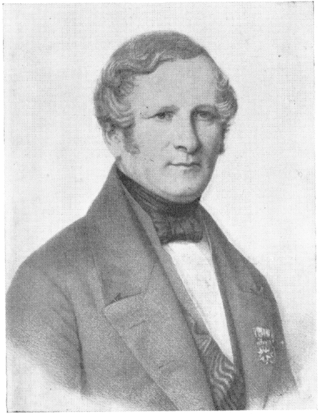
Frederik Gottschalck Haxthausen Due was a Norwegian military officer and statesman. Born in Trondheim, he entered the military at an early age, and took part in the Swedish-Norwegian War of 1814. After the two countries entered into union, Due was recruited to the Swedish court, where he was appointed Norwegian state secretary in Stockholm in 1823. In 1841 he became the Norwegian prime minister, and acted as interpreter for Charles XIV John. After resigning in 1858, he spent the years until 1871 as an ambassador to Vienna and Munich.
Events in the year 1829 in Norway.
Events in the year 1810 in Norway.
Events in the year 1841 in Norway.
Events in the year 1839 in Norway.
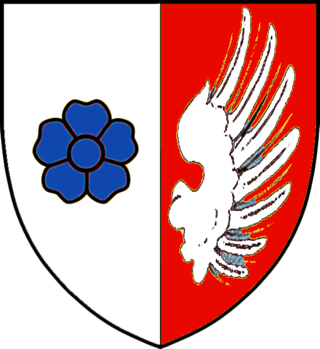
The Rosenvinge family is a Danish and Norwegian noble family.
Events in the year 1779 in Norway.
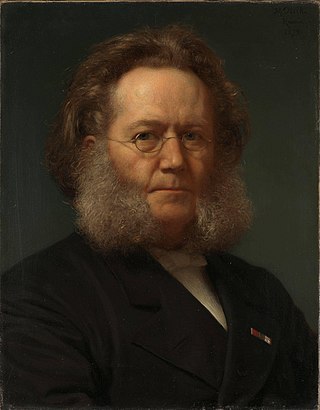
Ibsen is a Norwegian family of Danish extraction. Its most famous members are playwright Henrik Ibsen, his son, statesman Sigurd Ibsen, and grandson, pioneer film director Tancred Ibsen. Several other family members have been noted artists.
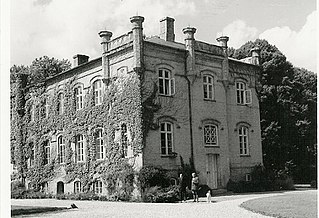
Benzonsdal is a manor house located at Torslunde, south of Taastrup, in the northern part of Ishøj Municipality, some 20 kilometres west of central Copenhagen, Denmark. It has been owned by members of the noble Lerche family since 1853. The main building is from 1856.
The Sunnmøre Practical Agricultural Society (Norwegian: Syndmøre practiske Landhuusholdningsselskab was a patriotic and non-profit association with the goal of developing business and agriculture in Norway's Sunnmøre district. The society was established on November 2, 1773 by Melchior Falch in the village of Borgund. Falch and the priest Hans Strøm supported the initiative. The founding meeting was also attended by other officials and leading people at Sunnmøre, and several others joined later.

The Danish Constituent Assembly is the name given to the 1848 Constitutional assembly at Christiansborg Palace in Copenhagen that approved the Danish Constitution and formalized the transition from absolute monarchy to constitutional democracy. It consisted of members of which 114 were elected by the people, 38 were appointed by the king and the rest were government ministers.
Hans Nielsen Hauge is a Norwegian film from 1961 directed by Kåre Bergstrøm. It is a dramatization of the life of the lay minister Hans Nielsen Hauge (1771–1824). The film received a lukewarm reception from Verdens Gang's reviewer, who gave it three out of six stars.

Fiolstræde 7 is a Neoclassical mixed-use building situated next to Hotel Sankt Petri on the west side of the pedestrianized shopping street Fiolstræde in the Old Town of Copenhagen, Denmark. The building was listed in the Danish registry of protected buildings and places in 1951. Notable former residents include theologian Christian Thorning Engelstoft (1805–1889), educator Conrad Krebs and artist Edvard Lehmann (1815–1892).
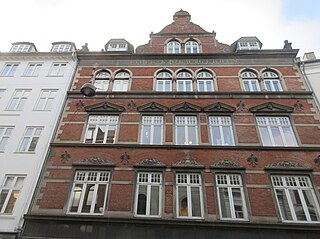
Lille Købmagerhus is a Renaissance Revival style building situated on Købmagergade in Copenhagen, Denmark. It was constructed in c. 1800 for coffee retailer Christian P Hansen to designs by architect A. B. C. von Düben. The inclusion of "Lille" in its name destinguishes it from the slightly older and somewhat larger Købmagerhus further down the street. Peder Hvitfeldts Stræde 4, a three-storey building from 1812 on the other side of the block, is also part of the property. Notable former residents of Peder Hvidtfeldts Stræde 4 include the philosopher Frederik Christian Sibbern, botanist and politicianJoakim Frederik Schouw and architectPeter Kornerup. The property is today owned by Kirkebi A/S.
This page is based on this
Wikipedia article Text is available under the
CC BY-SA 4.0 license; additional terms may apply.
Images, videos and audio are available under their respective licenses.











